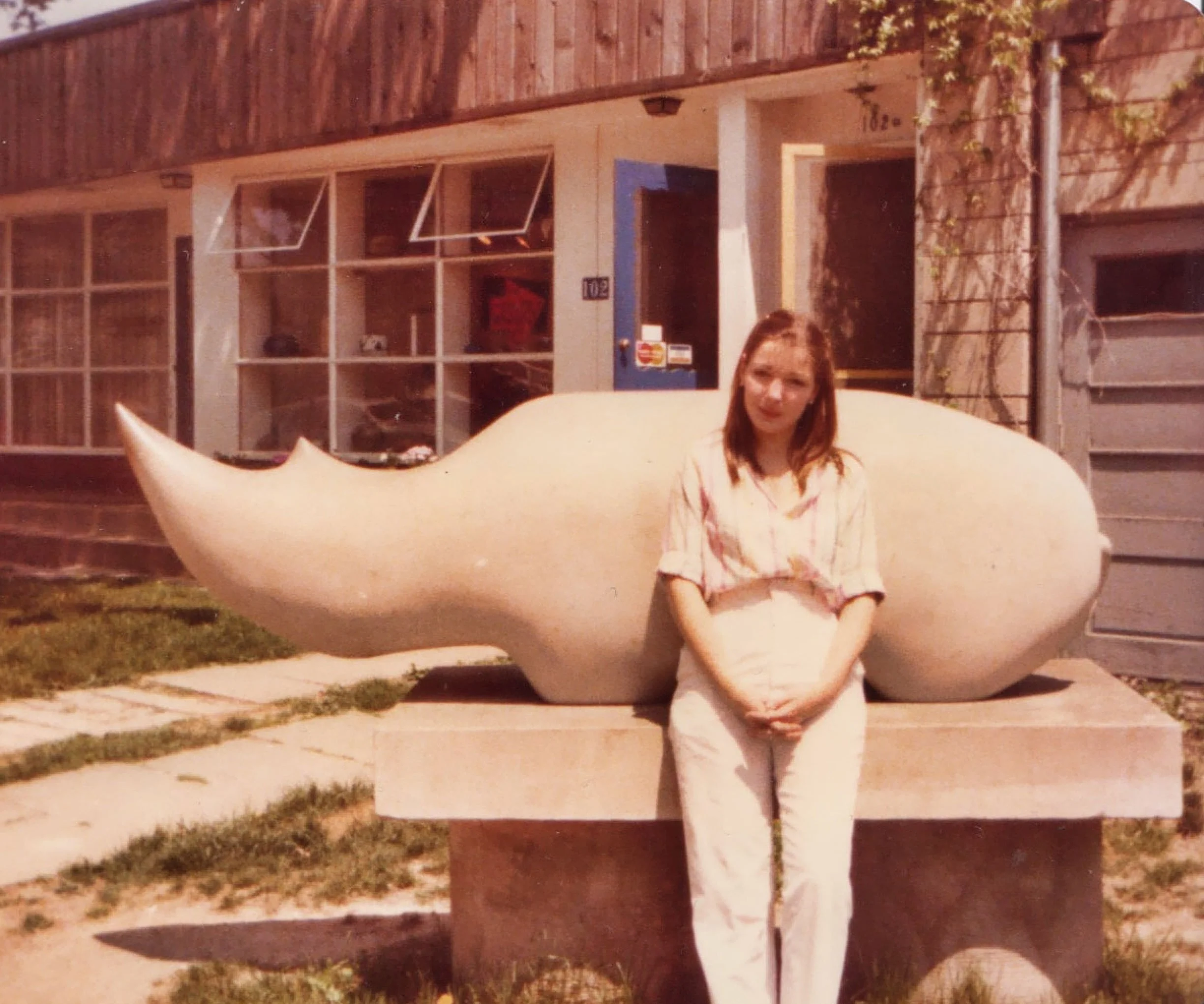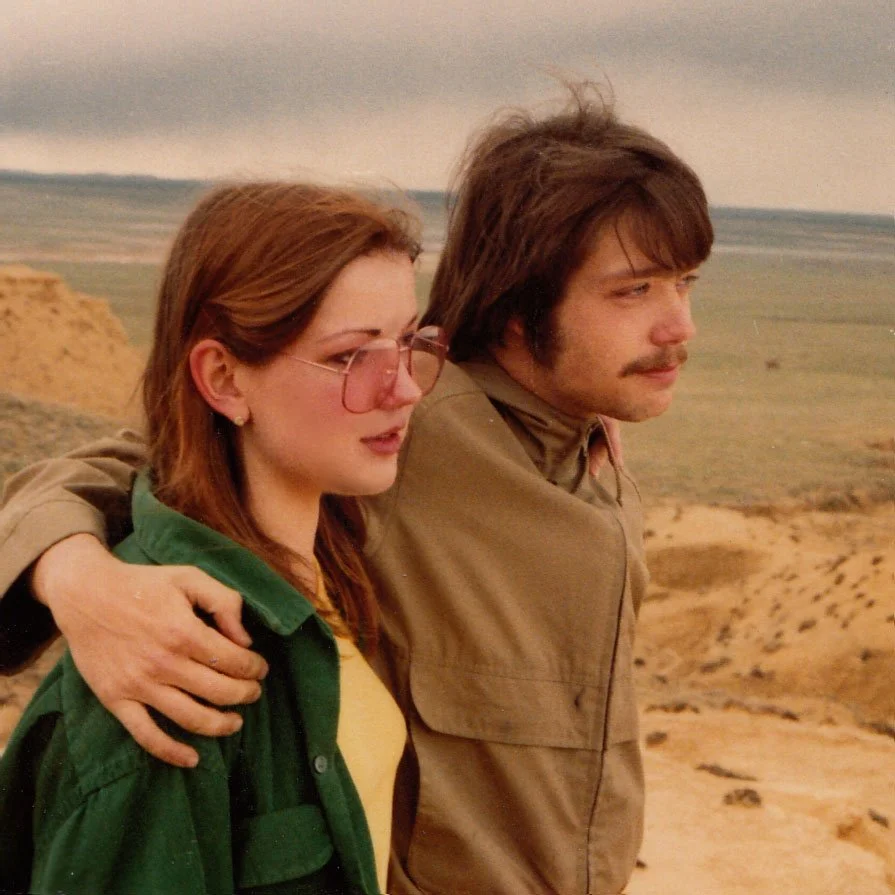Diane Keaton (1946-2025)
Wearing my father’s pink-and-green tie and holding a photograph of him
It was the disco era. A fan of jazz, classical music and The Beatles, I hadn’t embraced the sound and style of this new phenomenon. I deeply missed my father, who had died several years before. He left two closets filled with his unique sense of style—suits tailored on Savile Row, a deep navy velvet tuxedo, tennis whites, Sea Island cotton shirts, tweeds, hand knits, fine wools. nothing was taken for granted in his sartorially splendid wardrobe. He was a genuine dandy.
I began to wear some of my father’s clothes when I was a teenager. I was old-fashioned: odd, quirky, baggy…quietly rebellious. Papa’s clothes were a comfort and a sort of armor. He was there with me.
Then, in 1977, Annie Hall came out. I can still feel the moment I saw Keaton’s Annie. In that dark theater, I felt a shock of recognition. Seeing her reflected something real and personal in me. There she was, someone who dressed like I did, for reasons that were deeper than fashion. Even walking out of the theater, people noticed my style. Annie didn’t invent my style—she simply kept me company in it.
I made my father’s clothing my own—sometimes putting darts in pants to make the waist measure fit a bit closer to mine, or cuffing a hem—but I mostly left them as they were. The taupe cotton pants he wore for working on his car were worn to perfection, soft, loose and cool. His button downs were long enough for me to wear as a dress, sometimes belted with a neck tie. I wore a gray and white seersucker cotton blazer until the fabric was worn through.
In 1978 wearing white trousers tailored from my father’s pair
I still wear ties from Papa’s closet, including a pink and green one I gave him. He wore it with a pink shirt and said it always reminded him of how much he loved me.
This early form of my personal style never really left me. After my father’s death we had to make do with less as my mother went back to work after many years away from the workforce. I often made weeknight dinners and had less time and money than the average teenager. My fashion was make-do and creative. I sewed my own clothes by that time and sometimes used a sheet for fabric, without the money for new fabric (got myself in trouble for that!). With the pocket change I made shining shoes, fixing jewelry and doing dog grooming for friends and family, I began shopping at thrift stores.
And now? Honestly, not much has changed. I still love wearing well-tailored men’s clothes, finding secondhand fashion and being creative in how I combine pieces. Clothing is still how I make sense of the world. For the last quarter century, vintage has not just been my way of life but my profession. What began as a way to hold on has become a way of keeping the conversation going—between the past and present, between my father and me.
Wearing my father’s green shirt, standing with my brother in the late 1970s



